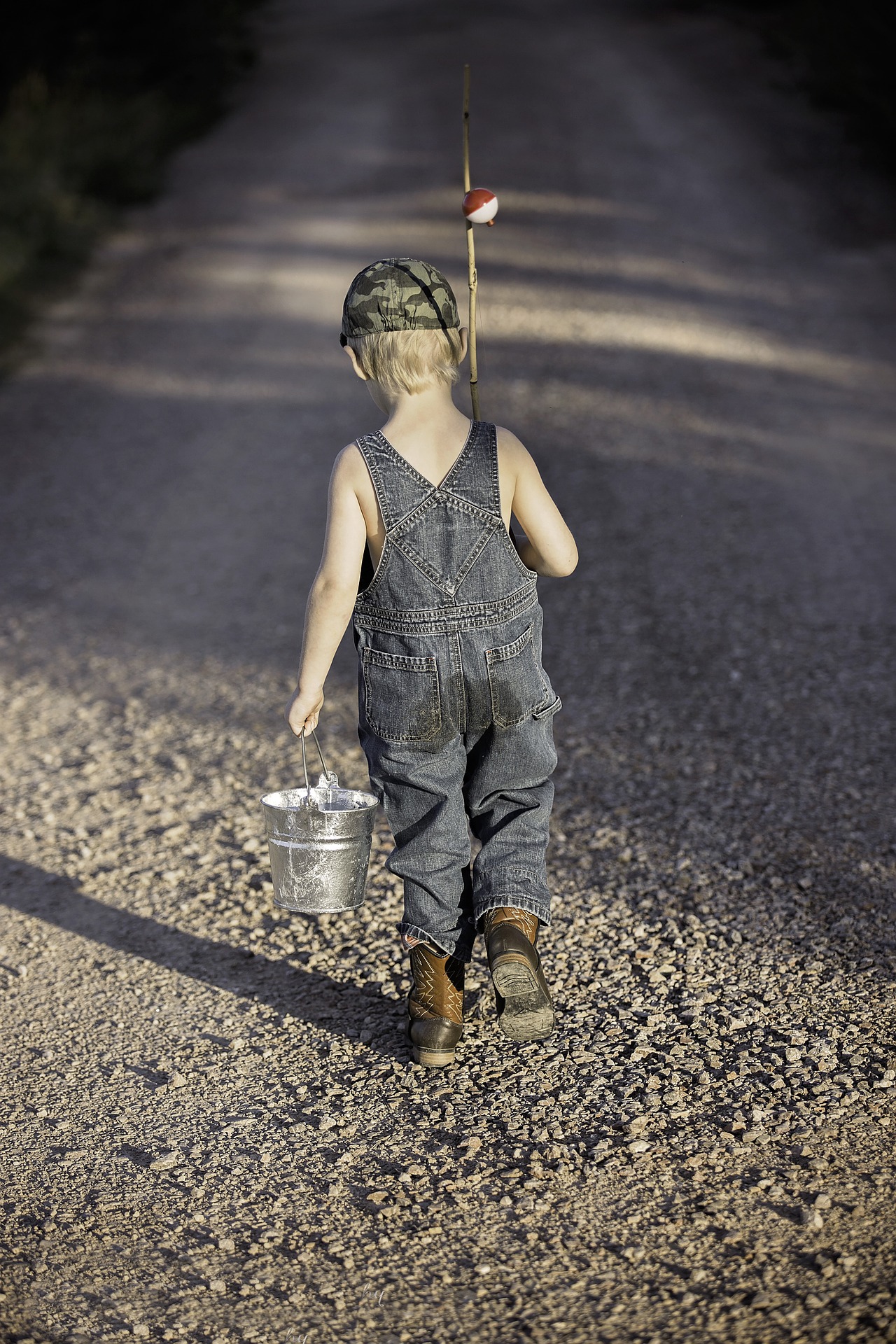District 6 (Nate Taylor) – 304 420 4550 2311 Ohio Avenue
Parkersburg, WV 26101
SPRING
Impoundments:
As the waters begin to warm up in the spring, so do the Bass angling opportunities.
Ritchie County and Elk Fork, Woodrum, and O’Brien Lakes in Jackson County provide excellent opportunities for Largemouth Bass. Each of these lakes has a 10-horsepower limit and a catch-and-release regulation in place for all black bass species. Pre-spawn bass are looking for easy meals after the Winter. Internet articles are common on how to catch these fish, but everyone has their favorite techniques. However, most seem to recommend fishing jerk and slash baits with long pauses between firm rips. Jigs and other crayfish imitations are always a great choice.
Mountwood Lake (Wood), North Bend Lake (Ritchie), and Woodrum Lake (Jackson) offer potential angling opportunities for Muskellunge. Anglers targeting Muskellunge at North Bend Lake should be aware that there is a 40-inch minimum size limit on Muskies. Small Muskie lures fished near woody cover, points, and tributary mouths may draw strikes from large fish. A tracking study on North Bend found Muskies migrate up into the upper sections of the lake in the spring to spawn.
Charles Fork Lake (Roane) is being managed as a brood source for the states native Walleye propagation program. This is a unique opportunity for anglers to catch a large Walleye from an area impoundment. However, these fish are currently managed by a mandatory catch-and-release regulation, so all fish must be returned to the water immediately. Anglers fishing Charles Fork Lake may only use electric motors on their boats.
Although Trout season in winding down, a few area impoundments are still being stocked with trout. Cedar Creek State Park (Gilmer), Miletree Lake (Roane), Tracy Lake and Pennsboro W.S. Reservoir (Ritchie), and Turkey Run Lake (Jackson County) will receive one stocking in January and one stocking in March. Conaway Run Lake (Tyler), North Bend Tailwaters (Ritchie), Mountwood Lake (Wood), and Rollins Lake (Jackson) will receive one stocking in each month from January to April. We recommend trolling or casting spinners, flies and small crankbaits, or bottom fishing with trout-specific dough baits, worms or cheese. Check the Daily Trout Stocking report for the latest information at (304) 558-3399, or visit our trout stocking website listed above. Stocking information is updated daily at 4:00 pm, January through May.
Navigable Rivers:
Walleye and Sauger congregate below tailwaters and large riffles in tributaries of the Ohio to spawn, usually around the middle of March. The Ohio River is currently being managed as a trophy Walleye fishery, with annual stockings and special regulations (2 fish per day over 18”) in place. We recommend North Bend Lake in jigging the bottom near rocky banks, eddies, and drop-offs with minnows, grubs, blade baits, or small crankbaits.
White and Hybrid Striped Bass move up into the tailwaters to from late March to May. Cold water techniques are similar to those used to catch Walleye and Sauger, although it is usually not as necessary to fish tight to the bottom. Anything bright or flashy will trigger strikes from active fish. Twister tails, hair jigs, spoons, inline spinners, and crankbaits are all effective. As water temperature increases, these temperate basses will move into faster, more turbulent waters, and they will begin to hit topwater lures. Poppers and walk-the-dog style baits can be exciting and effective. Some anglers utilize popping corks to get their jigs into faster moving water and to attract the attention of large Hybrids.
Flathead Catfish are getting active as the water warms. Blue and Channel Catfish can also be found in the Ohio and lower Little Kanawha Rivers. Anglers targeting these fish should bottom fish or drift circle hooks baited with live or cut bait near creek mouths, in eddies and off rocky banks.
Rivers and Streams:
In West Virginia, Muskellunge usually spawn around the middle of April. Pre-spawn, look for staging fish in smaller tributaries and just below major riffle areas. Fish will often congregate during this time and can lead to some excellent days on the water. Conventional wisdom says to downsize lures after the spawn. Glide, jerk, and crankbaits all stand a good chance of moving fish. Middle Island Creek and the Hughes/Little Kanawha Rivers are safe bets. However, Muskies are known to occur in most area streams with low current, steep banks and woody cover. If streams are muddy, try one of the area impoundments.

